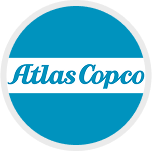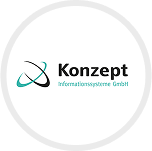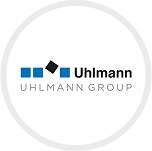Engineering solutions you can trust.
Your German partner you can rely on.
From Concept to Success. Your Partner for Industry & Innovation.
Industries We Serve
From Porsche to Aspirin — We Automate What Matters

Batch tracking, MES integration, compliance

Lab automation, process control, safety monitoring

Hygiene control, production scheduling, traceability

Line automation, fault detection, SCADA integration

SCADA systems, energy dashboards, grid control

Fast delivery, flexible collaboration, MVPs

Line automation, fault detection, SCADA integration

Outstaffing, UI/UX, full-cycle development

Interactive platforms, LMS integration, custom tools
Ready to start your next project?
How We Work
We Build Software That Works — And Partnerships That Last
We offer:
Why GRSE
Your technology partner in industrial software
- Strong presence in Europe, headquartered in Germany
- Sharp understanding of domain challenges
- High-performance delivery with optimal cost/value
- Proven track record with industry leaders (e.g. Porsche, Uhlmann, Nestlé)
- Flexible cooperation models — from full projects to small expert teams
- AI-Assisted Engineering

Success Stories
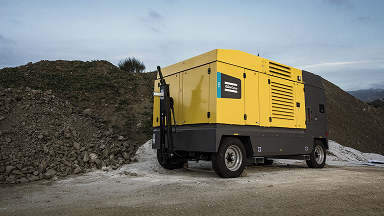
Long-term collaboration on software for automotive assembly automation. Real-time production insights reduced downtime by 37%.
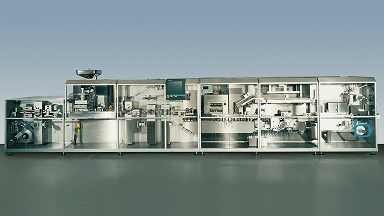
Built a secure MES platform for a global pharma packaging leader. Scaled dedicated team 2x to support critical systems and ongoing growth.

Supported and expanded compliance software for global security standards. Delivered tools for certifying interoperability of safety systems and devices.

 Software Development
Software Development
 Industrial Automation & IoT
Industrial Automation & IoT
 Manufacturing Execution System
Manufacturing Execution System
 Outstaffing Dedicated Engineering Teams
Outstaffing Dedicated Engineering Teams
 Audit and Consulting
Audit and Consulting
 Production Line Automation Support
Production Line Automation Support
 Dedicated engineering teams
Dedicated engineering teams
 Custom project delivery
Custom project delivery
 Technical consulting &
system modernization
Technical consulting &
system modernization
 Flexible formats
Flexible formats
 Clear reporting
Clear reporting
 Full confidentiality & GDPR-ready
Full confidentiality & GDPR-ready
